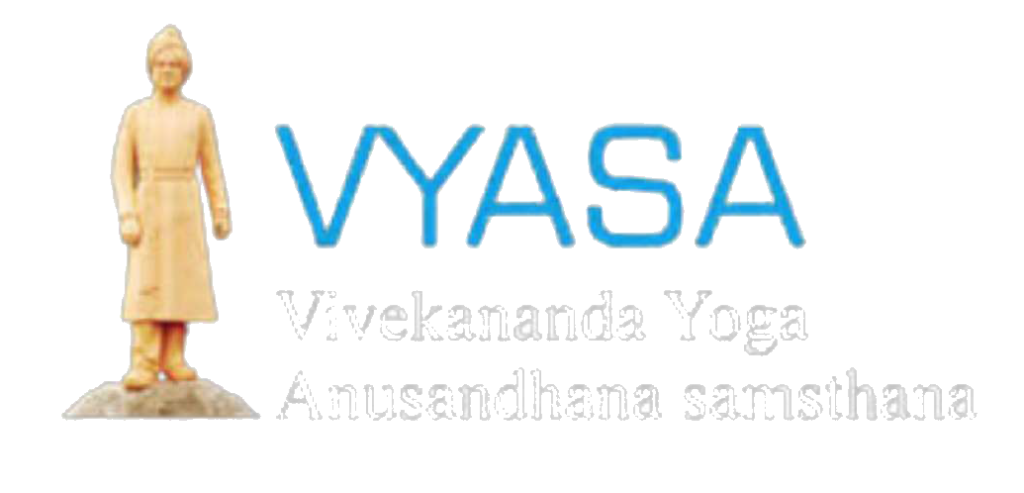Stress Mangement - Key to Prevent Health ProblemsBy Dr.Vasudha Sharma | May 16, 2022Stress is the body's method of reacting to a condition such as a threat, challenge or any other physical and psychological hurdles. Any external stimuli that alter an organism's environment are responded to by multiple systems in...
Articles
Ayurveda Massage or abhyanga sometimes called as Kerala massage
Ayurveda Massage or abhyanga sometimes called as Kerala massage for the body is a de stress therapy. Before getting to know more on Ayurveda massage, I want to tell you one of our patients success story. Mr.Gautham who is working in a reputed MNC met Dr.Vasudha last month, he had...
Hypertension – Ayurvedic Perspective
HYPERTENSION - AYURVEDIC PERSPECTIVE By Dr.Sucheta Hedge | May 13, 2022 Hypertension or high blood pressure is considered as a Vata disorder in Ayurveda. Hypertension is a result of abnormal functioning of Vata causing a condition known as Raktagata vata. Since Rakta and Pitta are always affecting each other, here...
Osteoarthritis
Osteoarthritis By Dr.Shraddha Surathkal | May 09, 2022 Osteoarthritis is the most common type of arthritis. It is a degenerative joint disease. It is more likely to affect weight bearing joints like knee joints. A joint is where two bones come together. Cartilage is the protective tissue that covers the...
The Best 5 Signs of Healthy Gut
The Best 5 Signs of Healthy GutBy Dr.Shraddha Surathkal | May 06, 2022Medical experts also call our "Gut" as a second brain because the enteric nervous system relies on the same type of neuron and neurotransmitter that are found in the central nervous system. The food that we consume is...
Home remedies for High blood sugar
Home Remedies For High Blood SugarBy Dr.Vasudha Sharma | May 04, 2022High blood sugar or Increased blood glucose is a condition of diabetes which means the blood glucose is higher in our body than the normal. There may be many causes for increasing blood glucose such as stress, disturbed sleep,...
Medications for diabetes
Medications for diabetesBy Dr. Suchetha Hedge | April 30, 2022Diabetes is a condition where the sugar level in the blood exceeds the normal limits. Here the body's ability to produce or respond to the hormone insulin is impaired. Among the most prevalent types of diabetes, type 1 diabetes is caused...
Retinal Complications of Diabetes
Retinal complications of Diabetes Diabetes is best defined as a metabolic cum vascular syndrome associated with multiple causative factors characterized by chronic hyperglycaemia with disturbances of carbohydrate, fat and protein metabolism resulting from defects in insulin secretion, insulin action or both, leading to changes in both small blood vessels and...
Hypertension – Prevention and Management
Hypertension - Prevention and Management What is Hypertension? Hypertension, is also called increased Blood pressure than the normal range. Medically it is termed essential hypertension. It is the most common lifestyle disorder in the present era. It is a condition in which the blood pressure is chronically raised. Normal range...
Health Promotion for Well being, Equity and Sustainable Development
Health Promotion for Well being, Equity and Sustainable Development Our world has just undergone an extraordinary health scenario with the Pandemic crisis. The unprecedented health condition was experienced all over the globe irrespective of the fact that some of the nations possessing the most sophisticated technologies in hand. The suffering...





